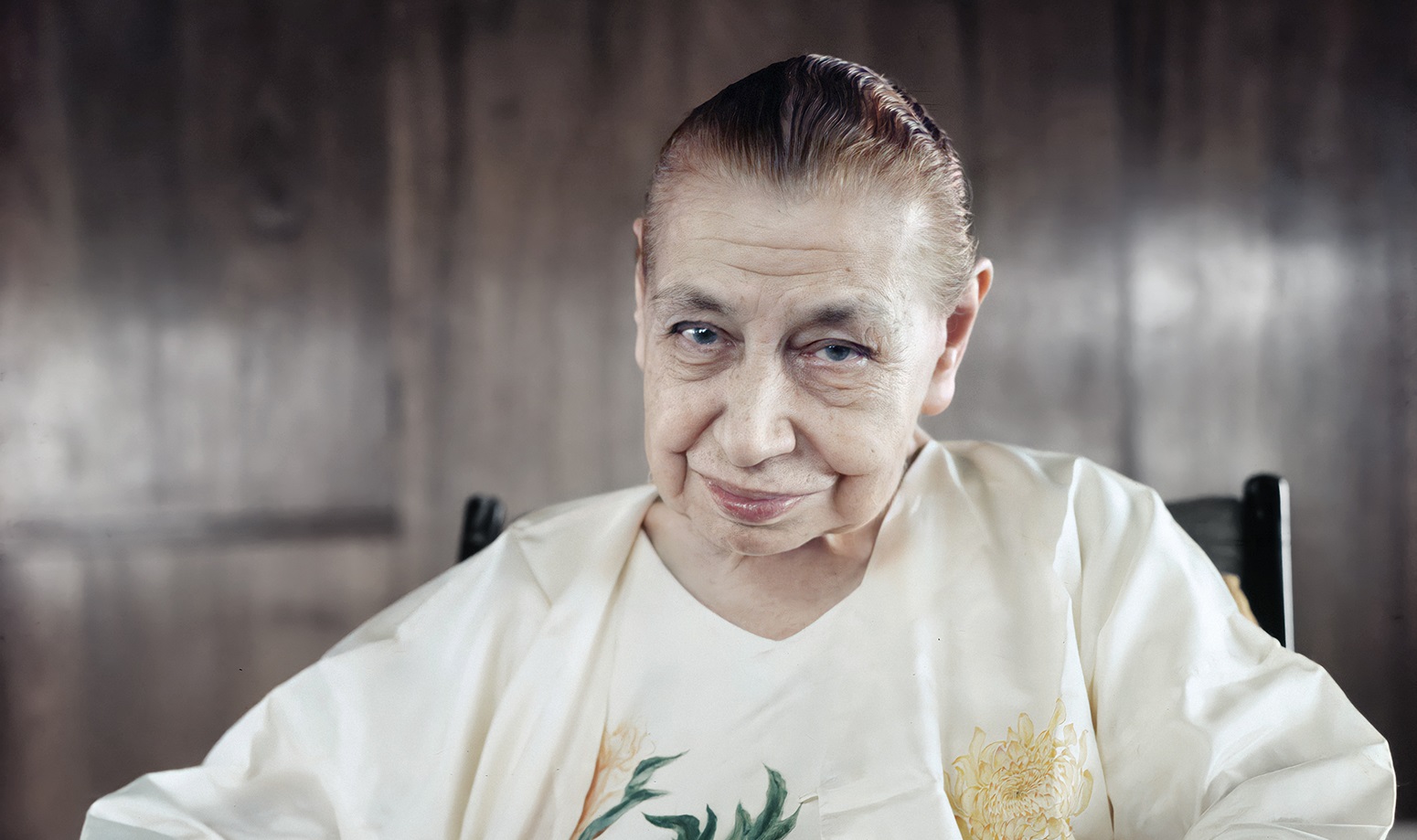How it all began

From the start of the Ashram in 1927, the Mother used flowers in her interactions with the sadhaks who came to see her. From an early period, she gave significances to certain flowers. In this way there evolved a language of flowers by which the Mother communicated with the sadhaks. Within a few years, she had given names to hundreds of flowers. A list compiled by an Ashram gardener in 1930 contained 410 entries.
From the start of the Ashram in 1927, the Mother used flowers in her interactions with the sadhaks who came to see her. From an early period, she gave significances to certain flowers. In this way there evolved a language of flowers by which the Mother communicated with the sadhaks. Within a few years, she had given names to hundreds of flowers. A list compiled by an Ashram gardener in 1930 contained 410 entries.
In 2000, the ashram published a new book ‘The Spiritual Significance of Flowers’ revising some botanical names and adding 19 new significances discovered in the notebooks of early Ashram gardeners.
About this compilation
The information on this site has been compiled using the original manuscripts (courtesy Tara Jauhar) by Narad (Richard Eggenberger), a long-time member of the Sri Aurobindo Ashram and Auroville. Narad, who is a musician, poet, landscaper, and horticulturist, was given the task of creating the beautiful Matrimandir gardens by the Mother in 1969. He also worked personally with the Mother along with Richard Pearson on the spiritual significance of flowers and edited the book 'Flowers and Their Messages'.
Note: Following is the relevant passage about the origin of 'Flowers and their Messages' from Tara Jauhar's 'Growing up with the Mother':
The Game of Flowers
Finally, She brought us the game of Flowers, in which She took great interest. The game was played exactly in the same way as the "precious stones" game with two sets of cards. One set was the picture of the flower and its spiritual significance. It also had the botanical and common name written underneath but had no importance for the game. The second set of cards was smaller in size and carried only the spiritual name of the flowers. The small cards were placed in one heap in the centre with the face down.
The picture cards were distributed equally among the players. Each player in turn would pick a card from the centre heap and whoever had the corresponding picture card, would take it out from his collection and put it down in the centre. The one who finished all the cards first, would be the winner. This game was meant to teach us the spiritual significance that She gave to the flowers. To start with, the Mother gave us about 20 cards in which the pictures of the flowers had been pasted or painted. Below, in Her own hand, was written the significance. A few days later She added more cards. All the artists of the Ashram were asked to paint new flowers, which kept adding to our collection. These paintings had to be done according to the dimensions of our cards. At the end of a few months we had almost 500 cards. When these were distributed to the players, each of us had more than 80 cards in hand. Playing with them regularly, we learnt to tell the significance of each flower easily. Through this game the Mother taught us to love flowers and understand them.
Later on, the significance written on these cards served as the basis of the book, The Role of Flowers, edited by Lizelle Raymond. Through this game of flowers, I became familiar with flowers and developed a true interest in them. It is this interest instilled in me by the Mother that led me to ask Her in 1970 to work with me on an expanded version of Lizelle's flower book. The result was a new book titled by the Mother Flowers and their Messages.